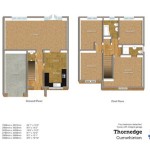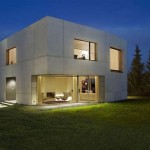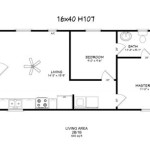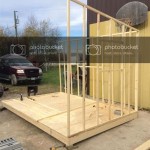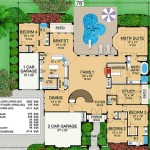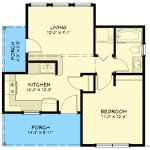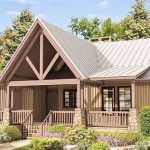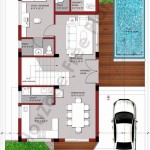Site Plan of a Clubhouse: A Comprehensive Guide
A well-designed clubhouse serves as a central hub for community interaction and recreation. The site plan is a crucial document that outlines the proposed layout and features of a clubhouse, ensuring its successful integration into the surrounding environment. This article explores the key considerations and components involved in developing an effective site plan for a clubhouse.
1. Understanding the Purpose and Scope
The first step in developing a clubhouse site plan is to clearly define its intended purpose and scope. This involves identifying the target audience, the types of activities to be accommodated, and the overall desired atmosphere. For example, a clubhouse for a golf course will have different requirements than a clubhouse for a residential community. Defining the purpose and scope will inform decisions related to size, layout, and amenities.
2. Site Analysis and Selection
Careful site analysis is essential for successful clubhouse development. This involves evaluating the physical characteristics of the site, including topography, soil conditions, vegetation, and existing infrastructure. Accessibility, views, and proximity to other amenities are also important factors to consider. A thorough site analysis helps to identify potential challenges and opportunities, ensuring that the clubhouse design is compatible with the environment.
3. Zoning and Regulatory Compliance
Compliance with local zoning regulations and building codes is a critical aspect of site plan development. These regulations dictate permissible land uses, building heights, setbacks, parking requirements, and other development standards. Working closely with local authorities is essential to ensure that the proposed clubhouse design meets all regulatory requirements and avoids potential delays or costly revisions.
4. Building Footprint and Layout
The building footprint and layout should be carefully considered to maximize functionality and flow. The arrangement of interior spaces, such as dining areas, lounges, meeting rooms, and fitness facilities, should be designed to promote efficient circulation and enhance user experience. The exterior design of the clubhouse should be aesthetically pleasing and complement the surrounding architecture and landscape.
5. Parking and Access
Providing adequate parking and convenient access is crucial for the success of a clubhouse. The site plan should include sufficient parking spaces to accommodate peak demand, while also considering accessibility for individuals with disabilities. Clearly defined vehicular and pedestrian circulation routes are necessary to ensure safe and efficient movement within the site.
6. Landscaping and Outdoor Amenities
Landscaping plays a vital role in enhancing the aesthetic appeal and functionality of a clubhouse site. The site plan should incorporate landscaping elements that complement the building architecture and create a welcoming environment. Outdoor amenities, such as patios, swimming pools, and recreational areas, should be strategically located to maximize their use and enjoyment by members and guests.
7. Utilities and Infrastructure
The site plan must address the provision of essential utilities and infrastructure, including water supply, wastewater disposal, electricity, and telecommunications. Careful planning is required to ensure that these services are adequately sized and located to meet the demands of the clubhouse and its occupants. Sustainable design principles, such as rainwater harvesting and solar energy utilization, can be integrated into the site plan to minimize environmental impact.
Developing a comprehensive site plan requires a collaborative effort between architects, engineers, landscape architects, and other professionals. Effective communication and coordination among all stakeholders are essential throughout the planning process to ensure that the final site plan meets the needs of the community and creates a successful and enjoyable clubhouse environment.
The inclusion of detailed drawings, specifications, and supporting documentation within the site plan will facilitate the permitting process and ensure accurate construction of the clubhouse. Regularly reviewing and updating the site plan throughout the project lifecycle is crucial to adapt to changing needs and maintain the project's alignment with its initial goals.
By carefully considering each of these elements, the resulting clubhouse site plan will provide a roadmap for creating a valuable and well-utilized asset for the community it serves.

51 Clubhouse Ideas How To Plan Floor Plans Club House

Clubhouse Plan Design Club House Architecture Presentation Board

Club House Site Plan And Architecture Design Dwg File Cadbull

Clubhouse Plans Google Search Club House Design Floor

Plan 062c 0001 The House

Welcome To The Sawgrass Club House Building Happiness

The Club House Design Architecture

51 Clubhouse Ideas How To Plan Floor Plans Club House

Riveredge Villas Clubhouse Plans Eipl Group

Conceptual Design For A Villa Club House Garden Land8

